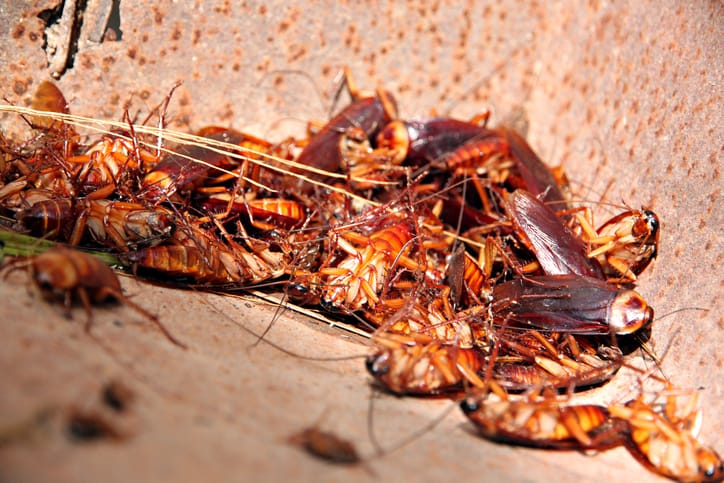Among all insects, the cockroach is the most primitive of them but, like their relatives, it can greatly multiply in its number if it is not controlled. The male attracts the female cockroach using its pheromones and they mate. After 3 to 7 days, the female produces an oothecae that contains 15 embryos. The female carries this oothecae on its abdomen ranging from several hours to a couple of days. After this, it deposits the oothecae in dark moist hidden places and sticks it to the surface using its saliva. When the environmental conditions are favorable, the nymphs or immature cockroaches will break free from the egg case 24 to 38 days later that is why you need to remove cockroaches as soon as possible.
During the growth of the nymphs, metamorphosis will take place through its shedding of its exoskeleton. They do this in order for it to look more and more like the adult. It undergoes 10 to 13 moltings before it reaches the adult stage. During the last stage of molting, it will develop its wings which will enable them to fly. It will also have a mature reproductive system that will allow them to mate with their fellow cockroaches of the opposite sex.
The whole process can take place over six months to one year. It does not stop there. After laying the eggs, the female cockroach will again mate and lay another batch. The average life span of a cockroach is about a year and a female can lay up to fourteen oothecae in a lifetime. Doing the math, one female can lay fourteen oothecae in one year.
One oothecae contains fifteen embryos. In a year, especially if the environment is favorable for growth, one female can produce 210 adult cockroaches. So, if a house is found with 5 female cockroaches, when left on its own, the population can grow up to 1,050 cockroaches in just a year.
